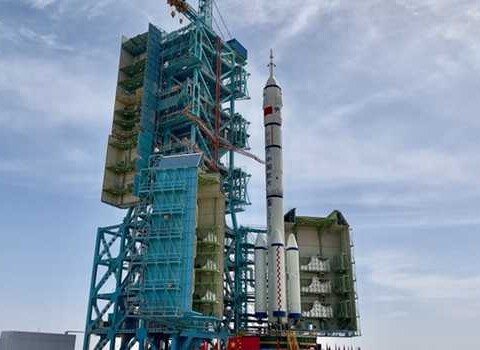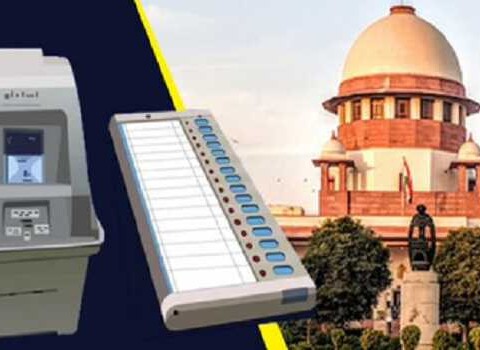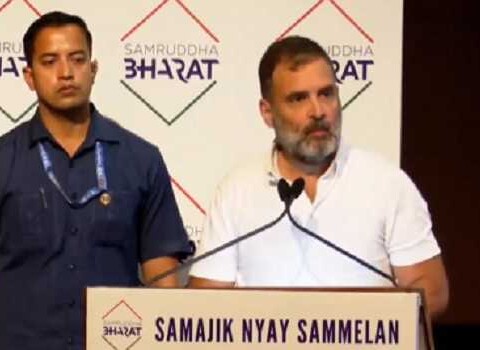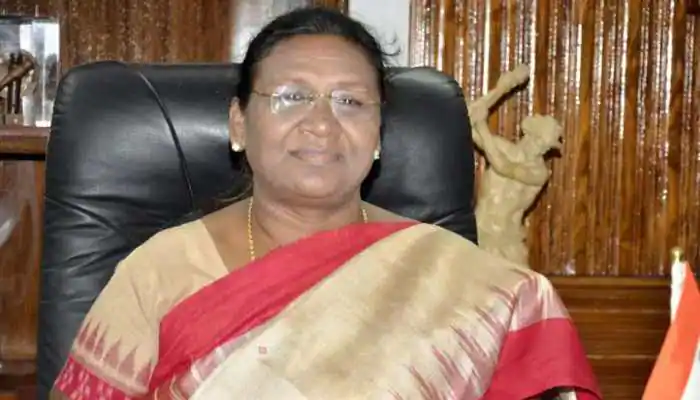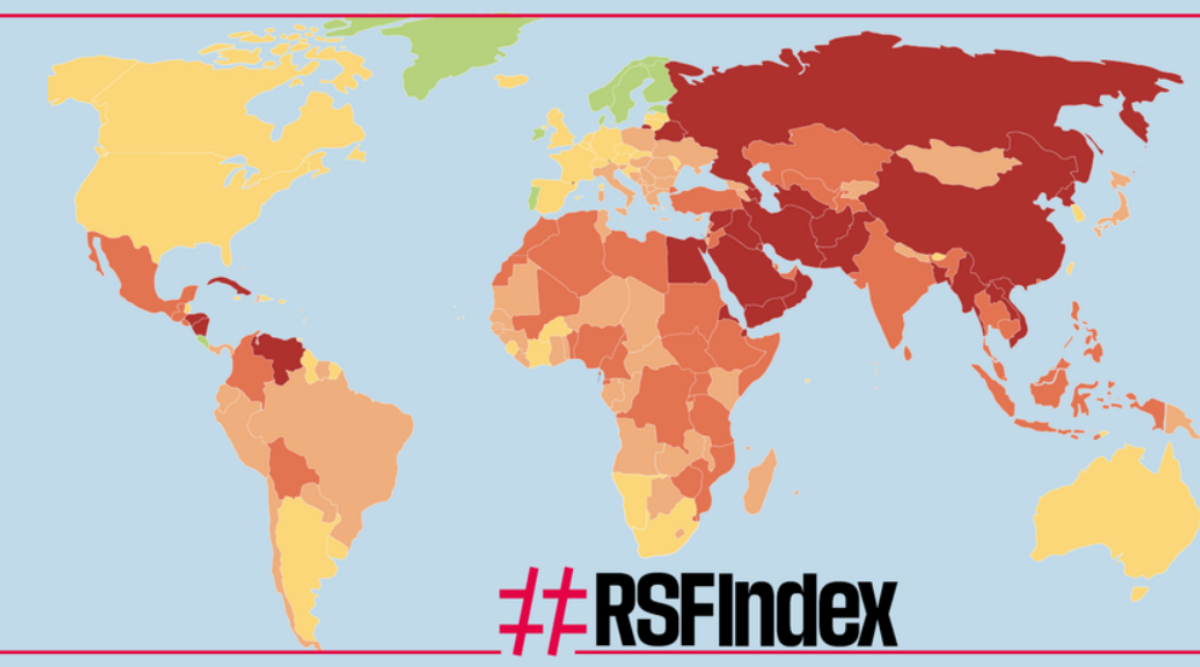In India, the efforts in the direction (AI) and advanced analytics have been slowly pacing up. While it has marked a spectacular development in other domains such as healthcare, retail, e-commerce etc., in terms of introducing AI, farming is yet to take a centre stage.
Sumera B Reshi
 We are in the era of Artificial Intelligence (AI), rather we are surrounded with AI everywhere these days. The reason is that man is always in hunt of increasing its produce through innovative ways in order to boost the businesses. Thus, AI has found its way in agriculture as well.
We are in the era of Artificial Intelligence (AI), rather we are surrounded with AI everywhere these days. The reason is that man is always in hunt of increasing its produce through innovative ways in order to boost the businesses. Thus, AI has found its way in agriculture as well.
According to the UN Food and Agricultural Organization (UNFAO) estimates, the global population is set to reach 9.2 billion by the year 2050, which means that the global agriculture sector is under more pressure than ever. With the ever-increasing population growth, the world has 2 billion more mouths to feed within the next 33 years. Every year there is an increase of additional 4 per cent land, so it is no longer an option to simply plant more crop fields or breed more cattle. In such a scenario, there is a need for a greater efficiency within current farming methods as farmers will be required to do more in less like planting, maintaining and harvesting crops etc.
Norman Borlaug, the father of the green revolution, won the Nobel Prize in 1970. Borlaug helped provide bread for a hungry world.” Borlaug’s introduction of disease-resistant high-yielding crop varieties and advanced agricultural practices which were a game changer, as agriculture yields increased tremendously and helped save millions from starvation. However, changing weather patterns and water availability is altering productivity in certain agricultural regions. Population growth and demand for food are increasing day by day and the world is falling short of resources.
Moreover, increased consumption drives increased demand for agricultural production. Growers around the globe are meeting this challenge, but they must do so in a manner that does not irreparably strain the planet’s resources. To balance the sometimes-opposing goals of increasing production and conserving resources, researchers and entrepreneurs are working on ways to sustainably intensify agriculture on its existing footprint. Like Borlaug, these researchers and entrepreneurs have access to the tools of plant genetics, chemistry, agronomics, and machinery. However, today there is also a new tool, Artificial Intelligence (AI) which is helping us to produce more in less, reduce losses as well.
The Emergence of AI
Today farmers have adopted for high-speed variable rate planting equipment which is providing accurate “as planted” information and yield monitors are supplying gritty information about production at harvest. At present, to yield better crops, AI has emerged as a tool that empowers farmers in monitoring, forecasting, as well as optimizing the crop growth. Tackling pests, weeds, and diseases, monitoring farm animal along with soil and crop management are some of the thrust areas in agriculture industry where the use of AI technology can pay rich dividends. At present AI is being used in:
Crop and soil management
AI in crop and soil management incorporates the traditional methods of a farmer surveying and testing the quality of soil to plant seeds and thereafter manually carrying out plantation and breeding processes. With the development of AI technology, it is easier to keep a track and predict the right time for planting, irrigation, and harvesting. The advanced sensors and technologies make the entire task of crop and soil management uncomplicated for the farmers.
In India, the efforts in the direction (AI) and advanced analytics have been slowly pacing up. While it has marked a spectacular development in other domains such as healthcare, retail, e-commerce etc., in terms of introducing AI, farming is yet to take a centre stage.
For instance, Karnataka government signed a Memorandum of Understanding (MoU) with Microsoft India to develop a modified agricultural commodity price forecasting model. Taking into consideration Tur crop to understand the working of the prediction model, this model is set to take into consideration historical sowing area, production, yield, weather datasets and other related datasets as relevant, to produce the desired result.
Considering that intelligent technologies can deliver solutions in the agriculture sector, the move is aimed at using digital tools powered by AI to help farmers get higher crop yield. It had been reported that Microsoft in collaboration with ICRISAT has deployed a Sowing Advisory Service in the kharif season on a limited pilot, under the “Bhoochetana” project. These have been built on the Microsoft Cortana Intelligence Suite.
Even though Microsoft is stepping ahead with Karnataka to develop price-forecasting model, IBM Research Labs is making its tools available to entrepreneurs/startups to develop solutions. The AI, cognitive computing, image processing and other advanced technologies by IBM would be made available to bring innovative solutions in the Indian agriculture space.
Another effort in the Indian agrarian space involves New Delhi and Lucknow based Agritech startup Gobasco provides AI-powered data-driven supply chain optimization platform. It carries out real-time data analytics on data-streams. It is one of the first investments of Matrix Partners India in Agritech sector.
The man has to keep exploring the benefits of AI in this fast-changing world because man is set to yield more in less. We have to win the battle where resources are scarce and the population is expanding.


